A microcyst is a closed comedo : the orifice of the follicle is blocked by a mixture of sebum and keratin , which forms a small white papule of 1 to 3 mm which remains under a thin layer of skin. These retentional lesions are part of the spectrum of comedonal acne and are mainly observed in areas rich in sebaceous glands (forehead, chin, cheeks). They sometimes coexist with open comedones (blackheads) and, if they become encysted, can develop into inflammatory lesions.
Not to be confused with milia (milium grains), which are small, superficial keratin cysts , often around the eyelids, firm and pearly, of different etiology and not responding to the same treatments. Distinguishing between microcysts, milia and open comedones avoids management errors and unnecessary manipulations.
Why treat microcysts?

Letting closed comedones persist promotes the progression of inflammation , the appearance of marks and post-inflammatory hyperpigmentation (PIH), particularly on dark skin. At the same time, the accumulation of retentional lesions alters the skin texture (irregular relief, clogged pores) and increases the risk of flare-ups. The temptation to pierce them yourself is strong, but the traumatic gesture maintains inflammation and marks: a structured and progressive strategy is better.
Home routine: the effective foundation
Cleaning & daily actions
Start with a gentle cleanser (1 to 2 times/day), non-occlusive makeup removal , and daily SPF . Avoid highly comedogenic oils , mechanical over-scrubs , and blends of irritating active ingredients. The goal is to preserve the skin barrier while limiting factors that promote follicular obstruction.
Anti-microcyst active ingredients
Topical retinoids (adapalene, tretinoin, tazarotene, trifarotene) are the cornerstone of comedonal forms: they normalize keratinization , prevent the formation of new comedones and improve texture. They can be used as monotherapy in predominantly retentional acne and as maintenance after improvement. Introduce them gradually (2-3 evenings/week), combine a non-occlusive moisturizer and maintain strict photoprotection .
In combination, benzoyl peroxide (BPO) , salicylic acid (BHA) and azelaic acid have proven efficacy on comedonal and mild inflammatory lesions. The 2024 dermatology recommendations recall the central role of retinoids and BPO; oral isotretinoin is reserved for severe forms, failures of standard treatment, risk of scarring or major psychosocial impact.
What works in the office: the therapeutic ladder

The choice of techniques depends on the phototype , the type of acne (pure retentional vs. mixed) and skin tolerance . We progress from the simplest to the most targeted , with clear information on benefits and risks.
Medical extraction of comedones
Medical extraction (by a dermatologist/dermato-esthetician, with suitable instruments and asepsis) allows retentional lesions to be emptied without traumatizing the skin. It is particularly useful as an adjunct to a well-conducted topical routine, to accelerate the decline of resistant microcysts and improve relief.
Superficial chemical peels
Salicylic 20–30% and glycolic 30–50% peels are documented in mild to moderate acne, with a benefit on comedonal lesions and texture. Several reviews and comparative trials suggest a sometimes faster response with salicylic in comedonal/active forms. These are performed in spaced series , on prepared skin, with strict photoprotection and monitoring of tolerance, especially on dark skin at risk of PIH.
When to consider oral isotretinoin?
In case of failure of well-conducted topical treatments (± peels), extensive macro-comedones , frequent relapses or risk of scarring , oral isotretinoin comes into play after assessment and information. The 2024 guidelines strongly recommend it in these situations. Medical monitoring is essential (biological monitoring, contraception in patients of childbearing age, etc.).
Common mistakes to avoid
-
Piercing/scratching : increases inflammation, promotes marks and PIH .
-
“Homemade” peels that are too concentrated or contain a combination of acids/retinoids: irritation, rebound, breakdown of the skin barrier.
-
Occlusive cosmetics and highly comedogenic oils: maintain retention.
-
Long-term oral antibiotics without indication : risk of resistance; to be limited according to current good practices.
3-Step Action Plan
-
4–8 weeks at home : Topical retinoid at night (gradual), ± BPO/salicylic/azelaic , light moisturizer and SPF . Adjust frequency to tolerance, avoid unnecessary irritants.
-
If partial response : add targeted medical extractions and superficial peels in series, while continuing the routine.
-
If relapses or extensive forms : discuss oral isotretinoin (assessment, follow-up, contraindications).
Conclusion
Microcysts (closed comedones) are best treated with a gradual and regular strategy: a home routine centered on a topical retinoid (introduced gently), combined if necessary with benzoyl peroxide , salicylic acid (BHA) or azelaic acid , then in-office procedures (medical extractions and serial salicylic/glycolic peels ) to accelerate the decrease of retentional lesions.
In cases of extensive forms, repeated failures or risk of scarring, oral isotretinoin should be discussed under medical supervision. Avoid "homemade" manipulations, protect the skin barrier and be patient: improvement is generally gradual over 8–12 weeks and then stabilizes with appropriate maintenance.
Ready to smooth your skin without damaging it ? Book an expert consultation for a tailor-made plan (anti-blackhead routine, medical extractions , salicylic/glycolic peels , personalized follow-up) and rediscover clearer, more even skin, lastingly.
FAQ
Do microcysts go away on their own?
Sometimes, but often not : without retinoid and/or keratolytic treatments, they persist and become encysted. A progressive protocol significantly improves the comedonal terrain.
Which cream should I choose first?
A topical retinoid in a non-occlusive base, introduced gradually, is the reference. BPO, salicylic or azelaic can be combined depending on tolerance and the type of lesions.
Is extraction safe?
Yes , if it is medical (asepsis, suitable tip, controlled pressure). DIY attempts should be avoided to avoid marks and PIH.
Should I start with peels or retinoids?
Most patients start with a retinoid (the basis of comedonal treatment). Peels are used as a complement if necessary, after assessing tolerance and skin type.

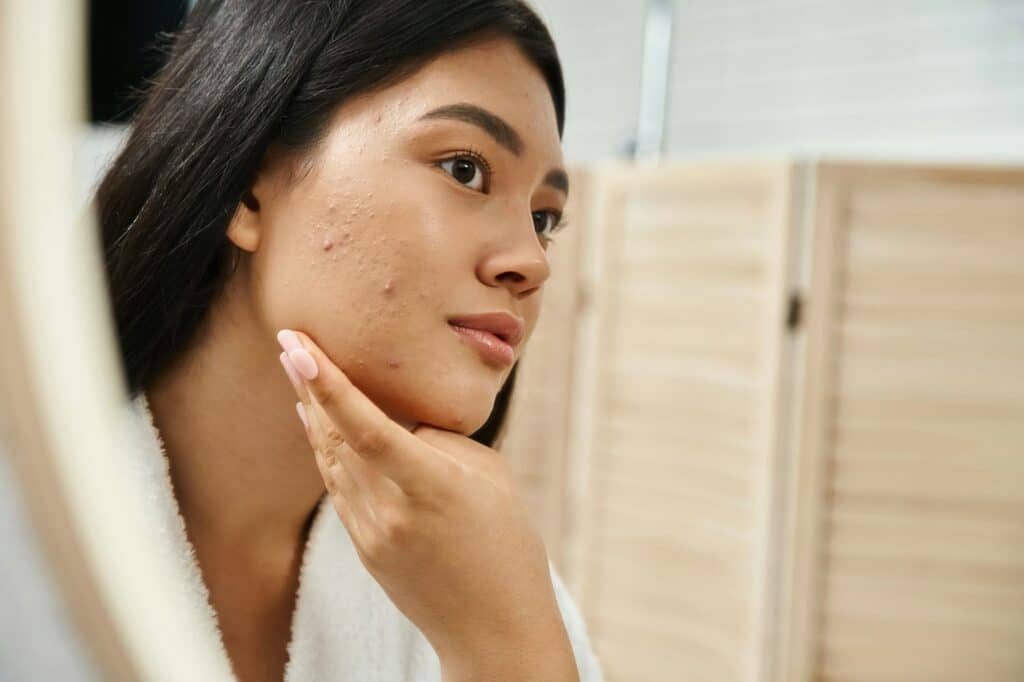

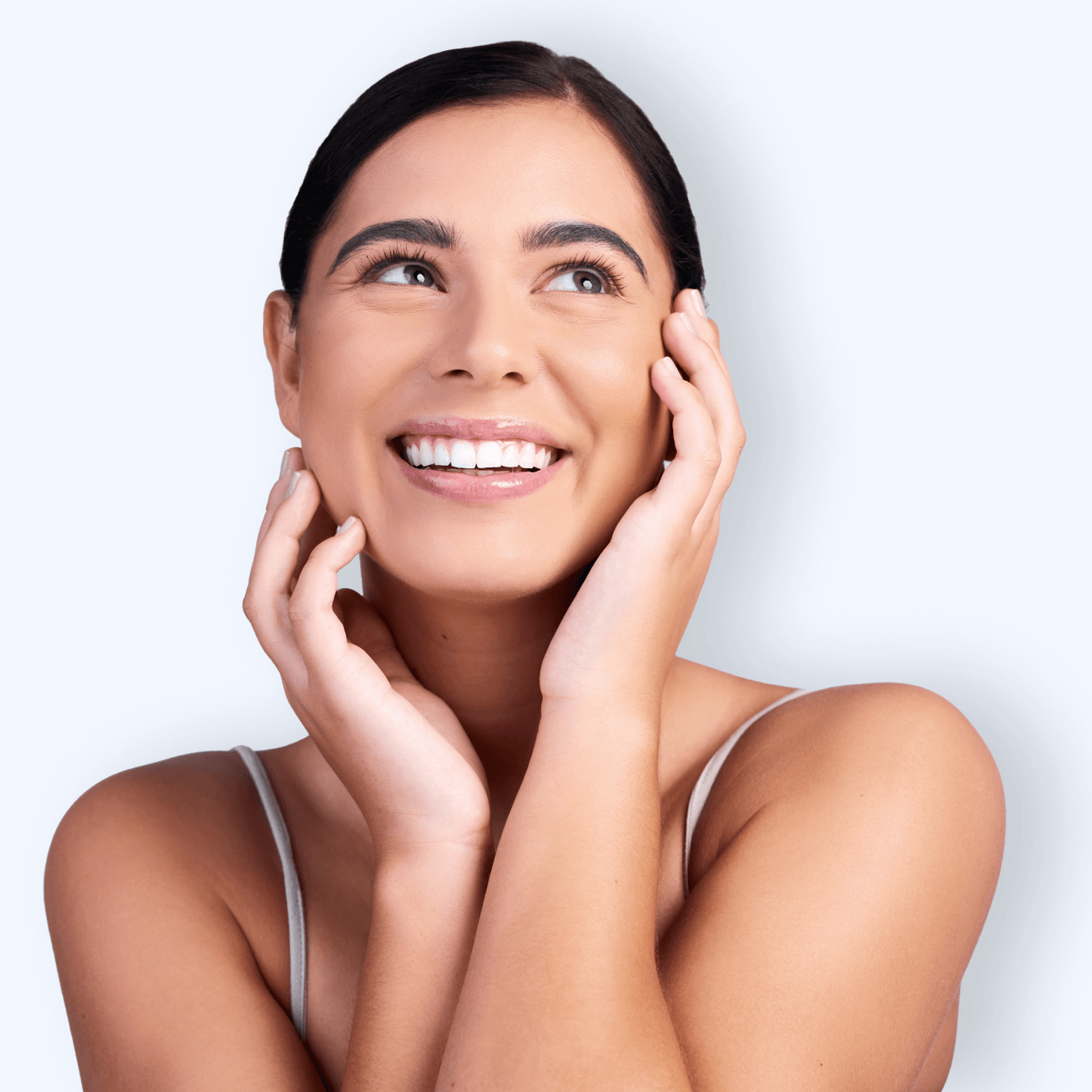
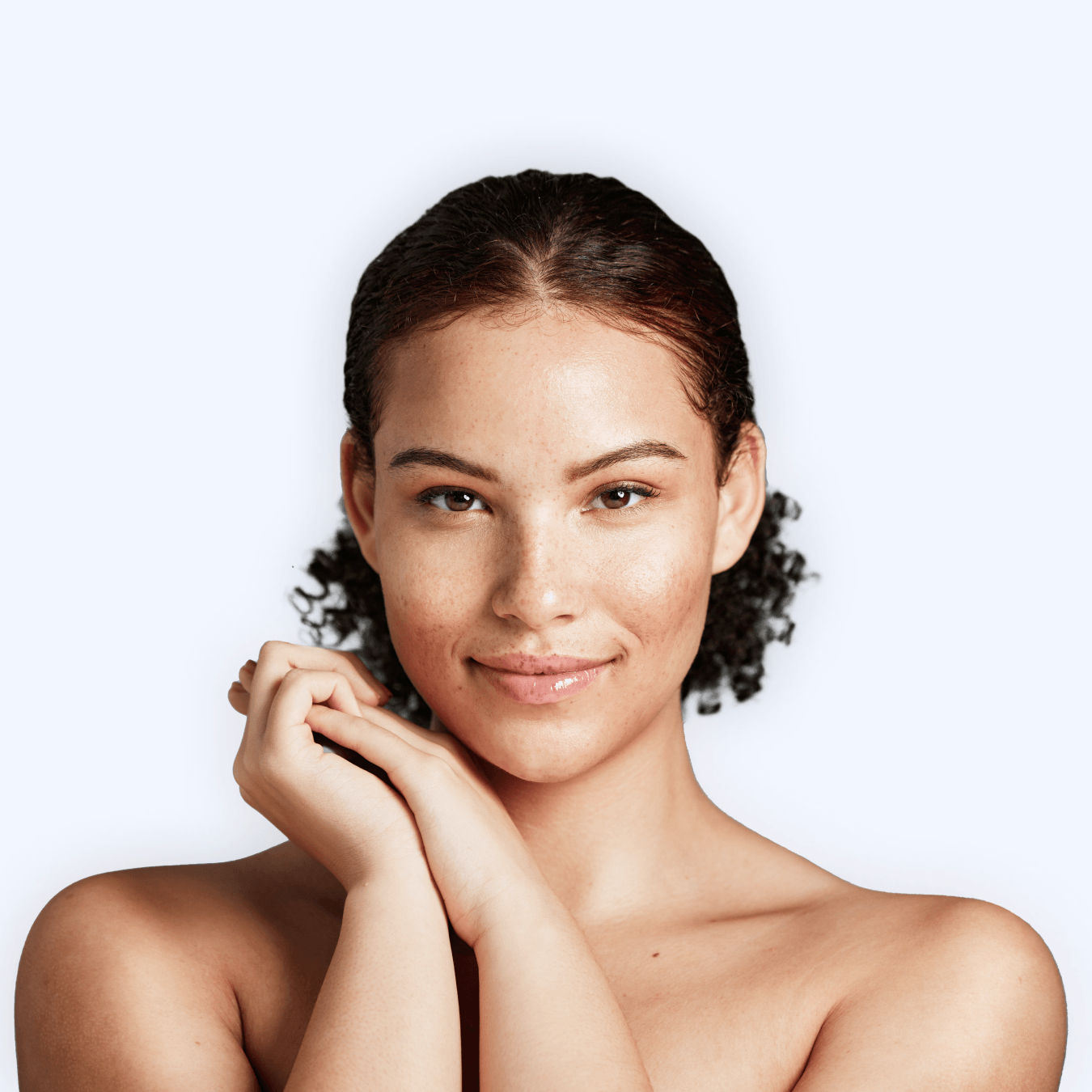

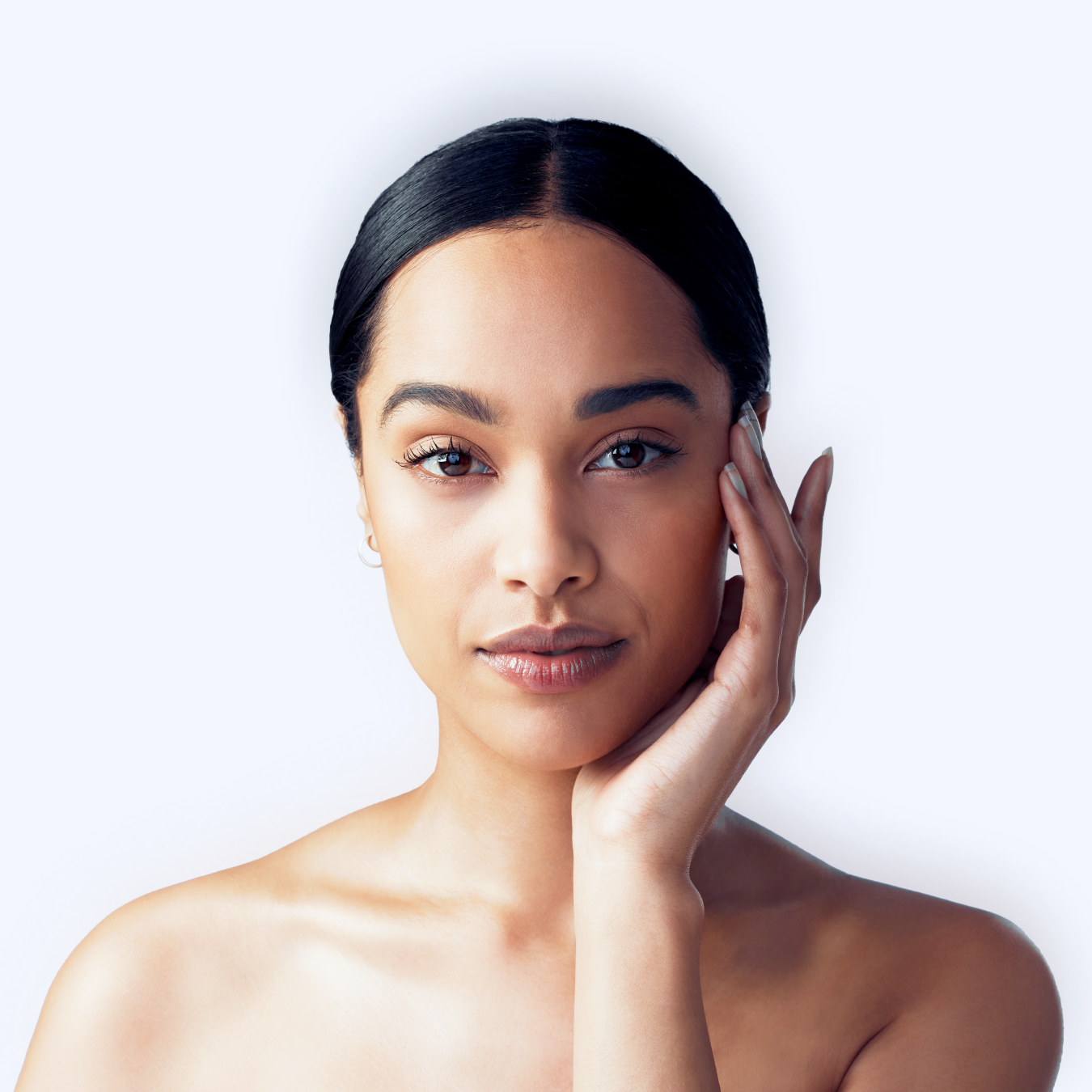
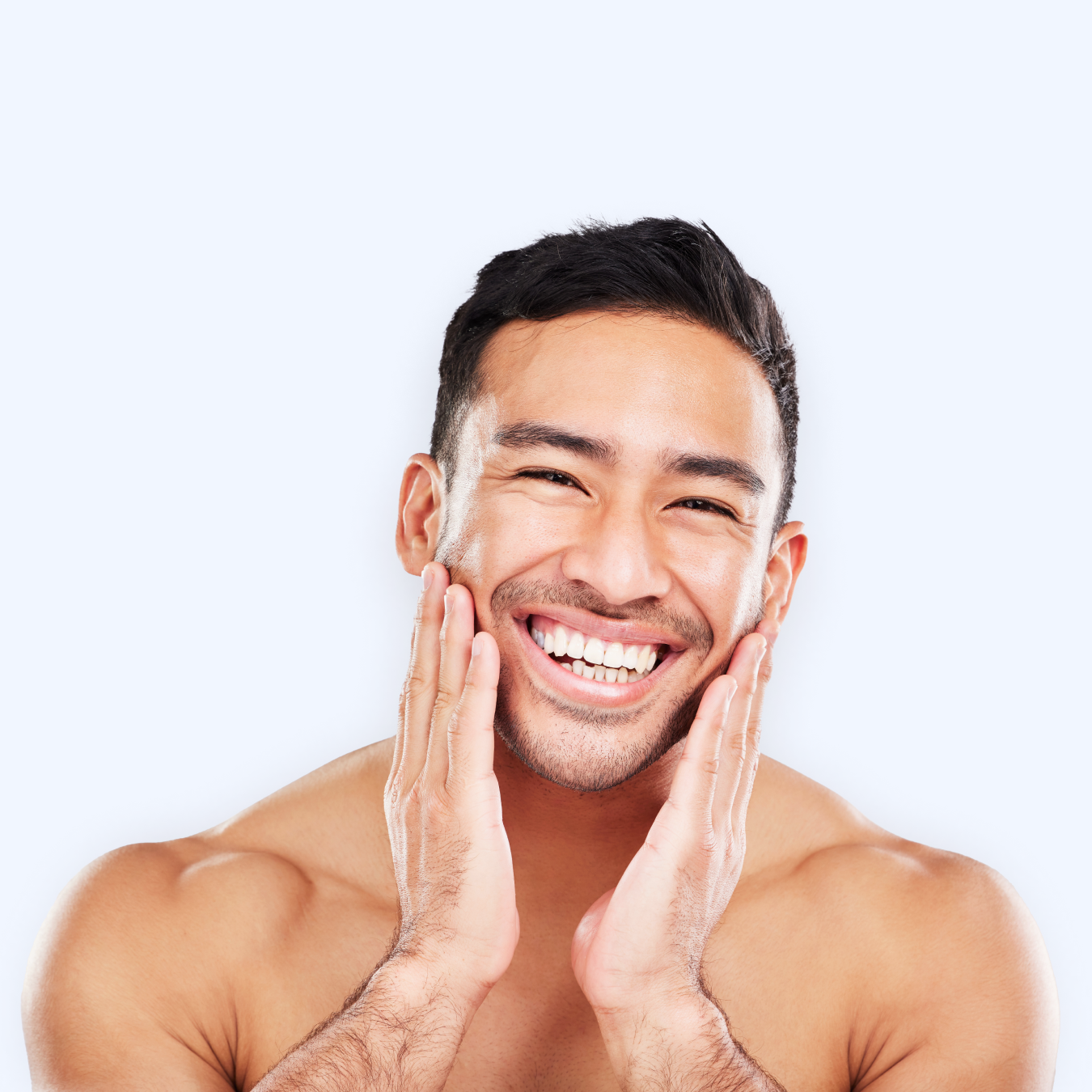

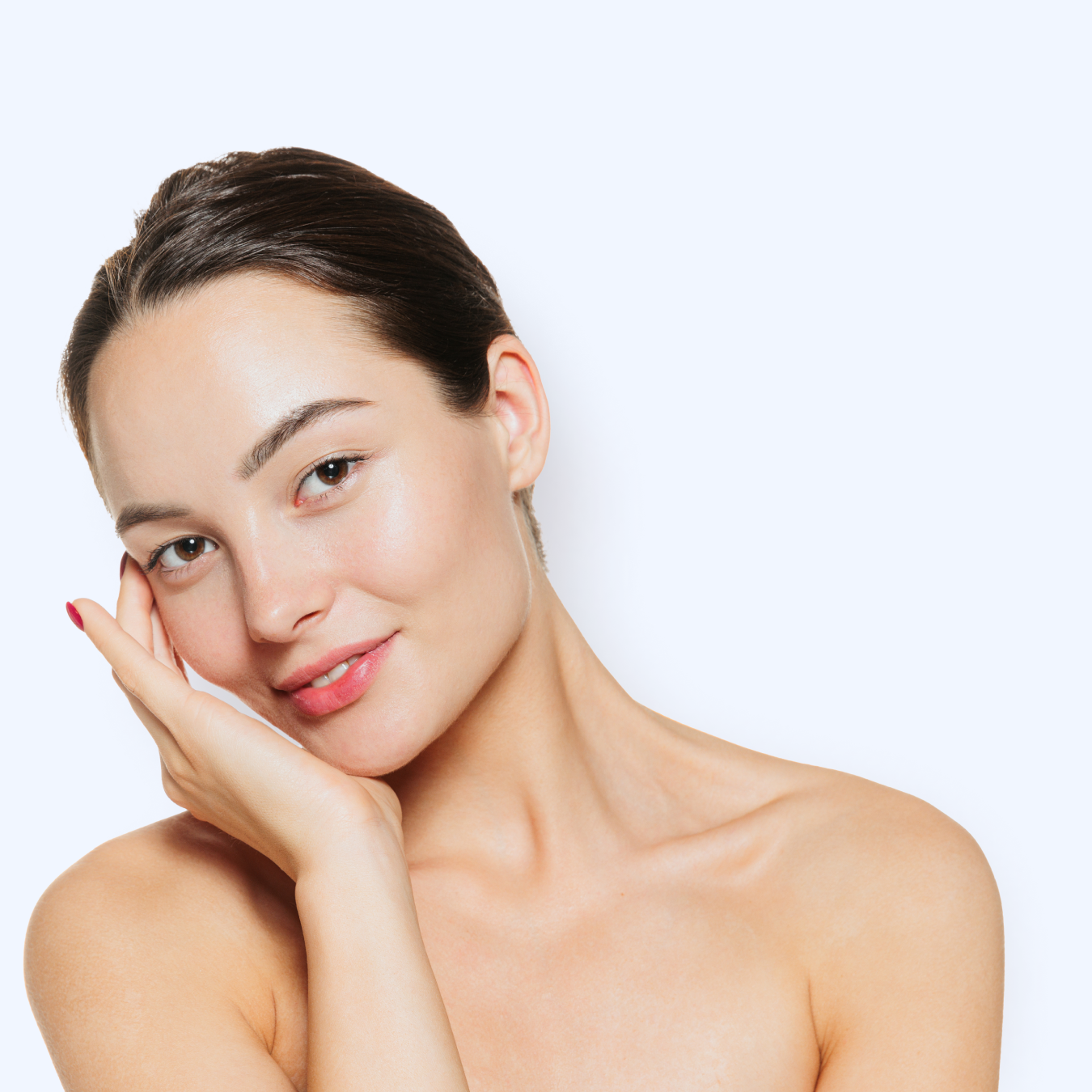
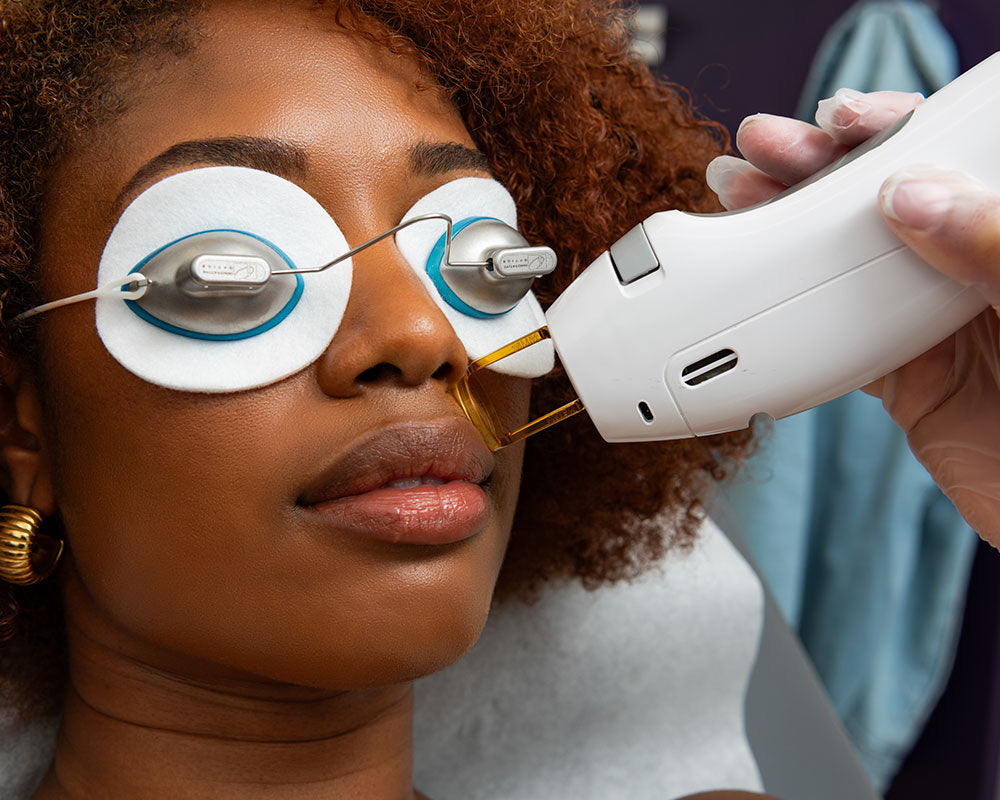
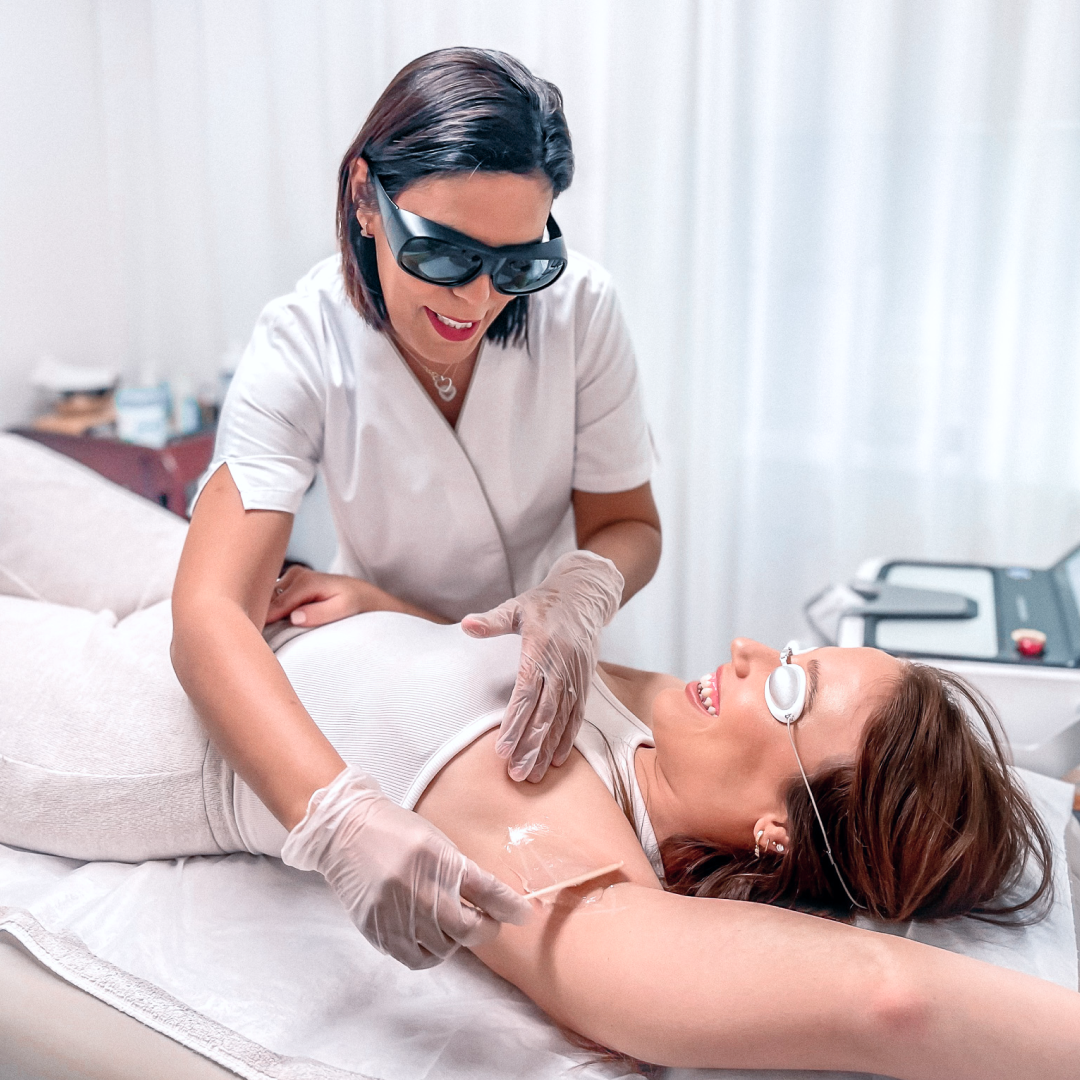
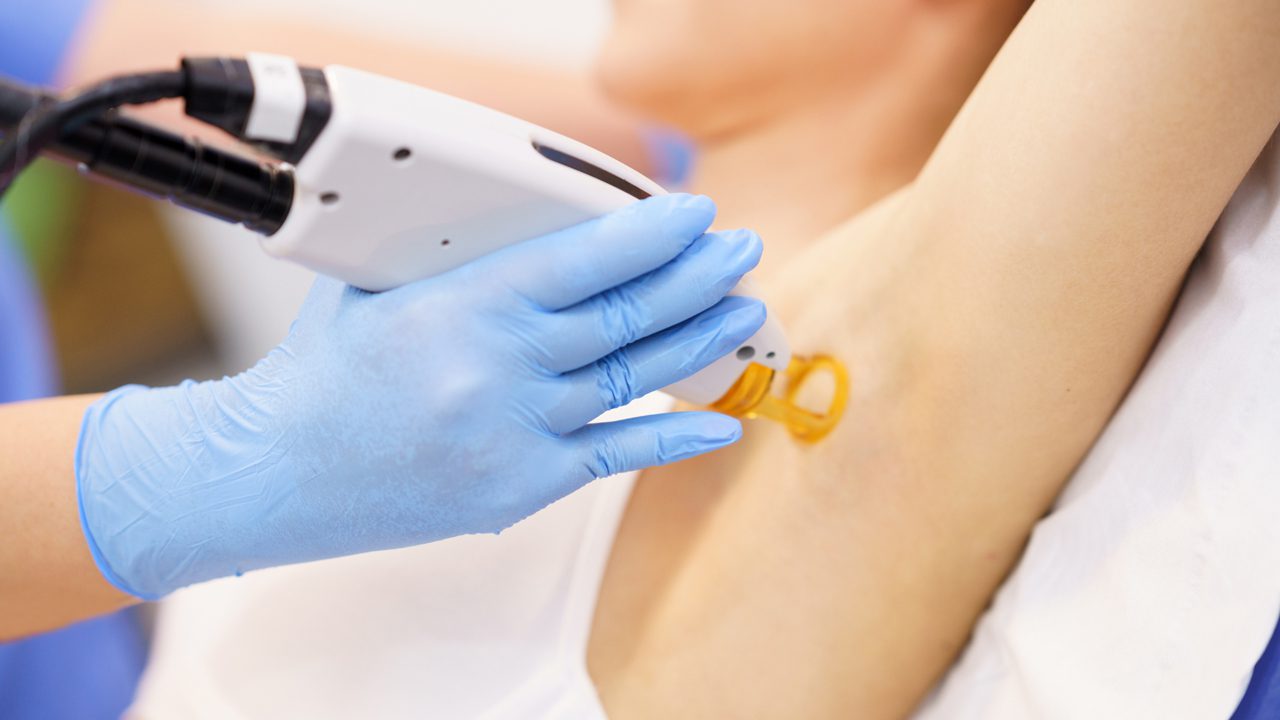
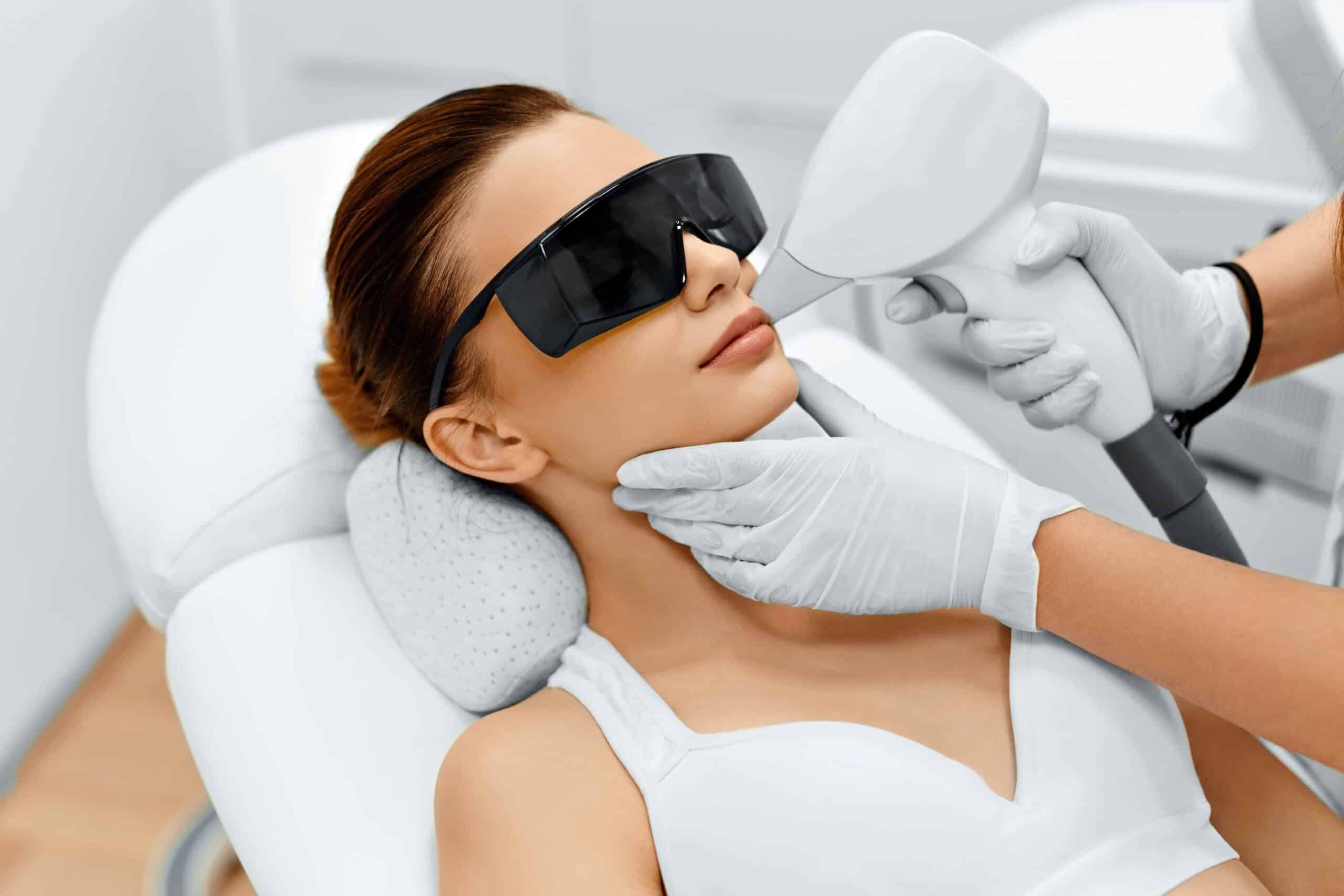
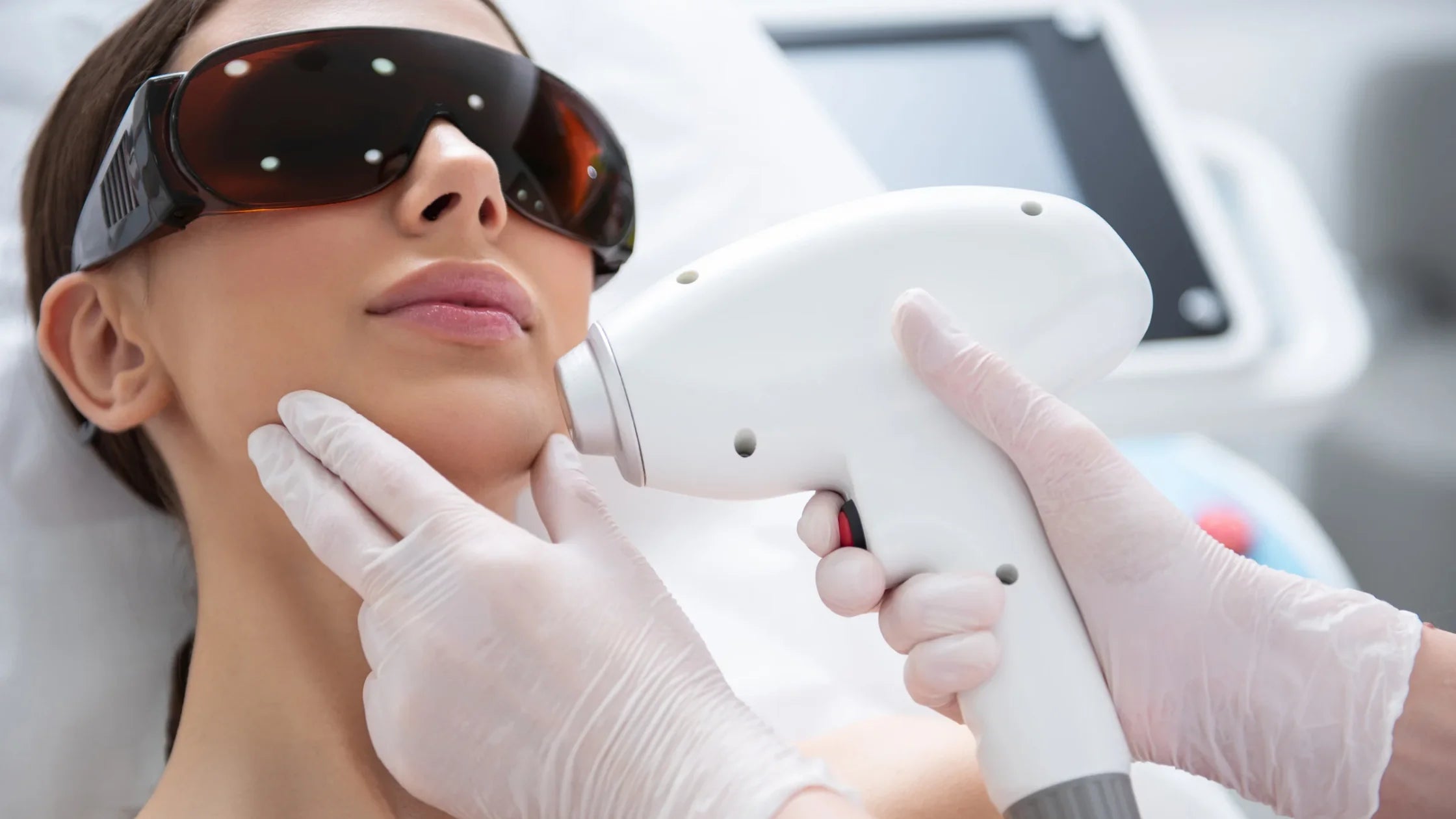
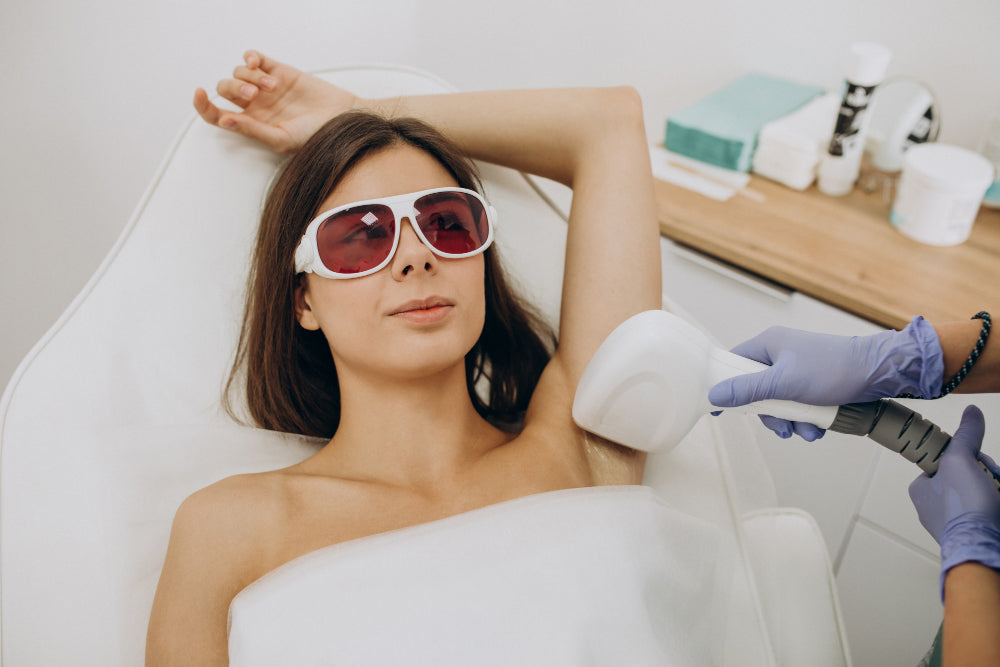
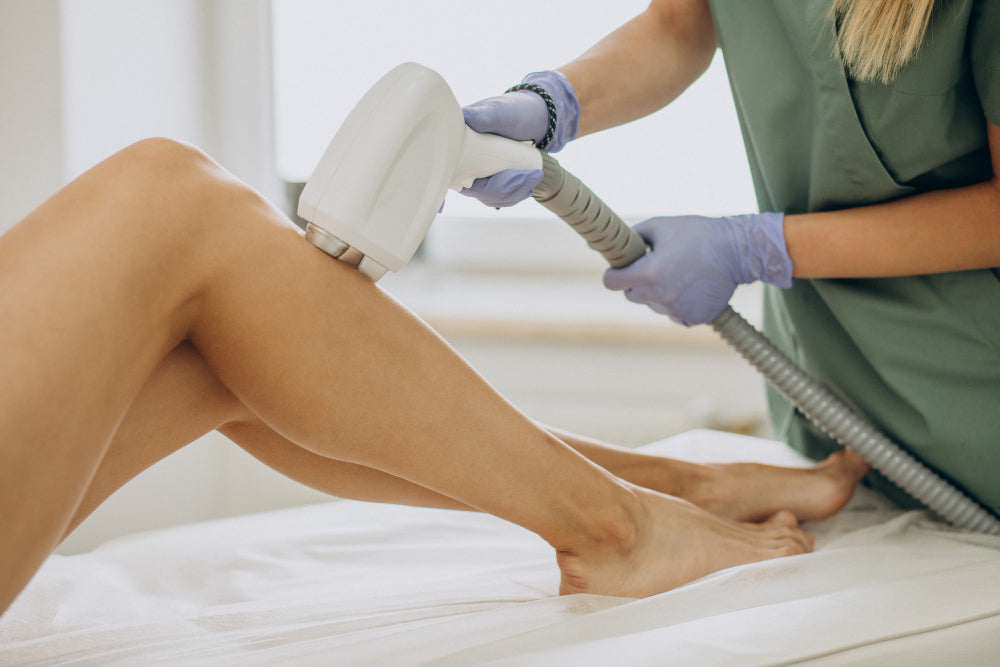
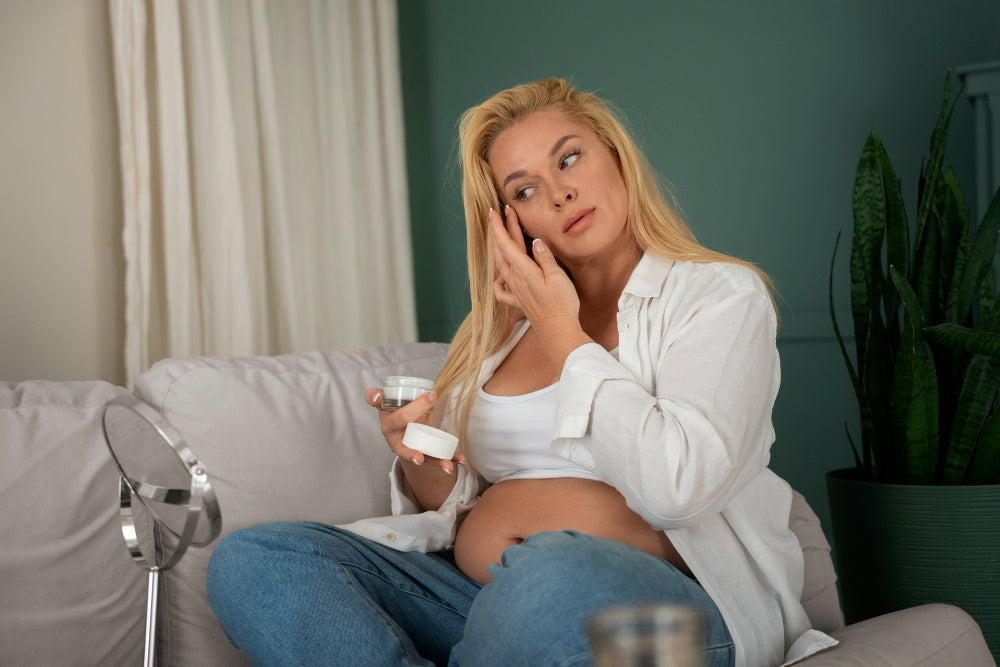
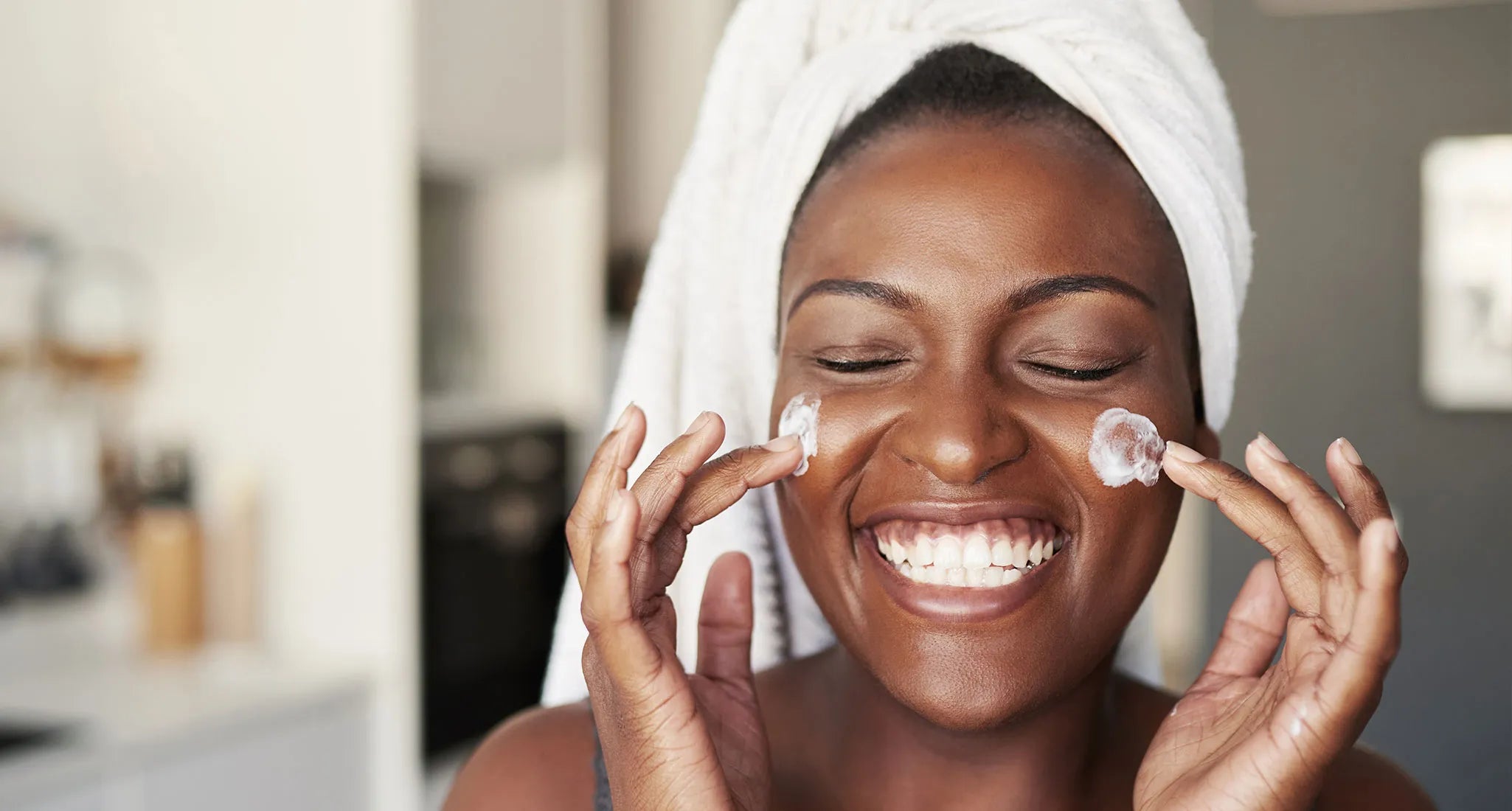
Share: